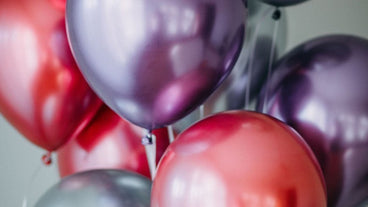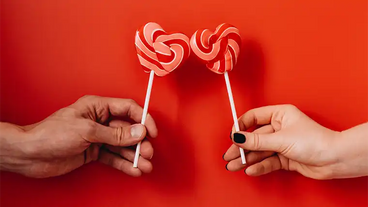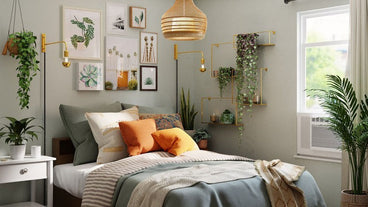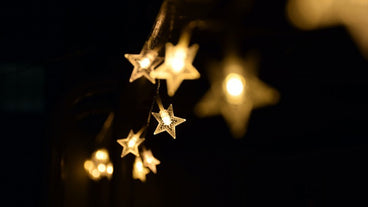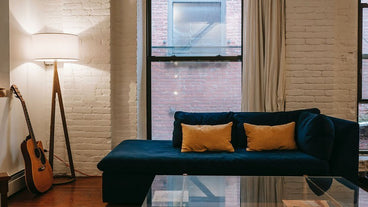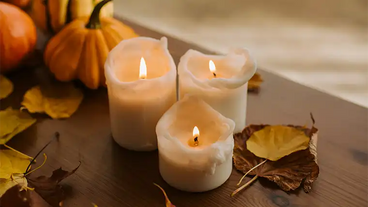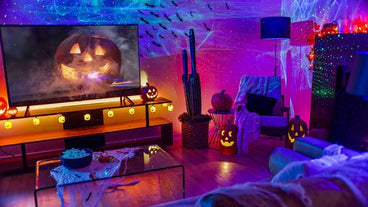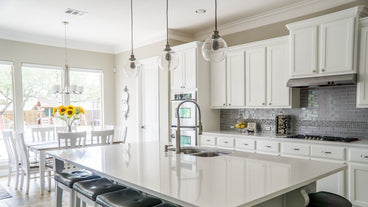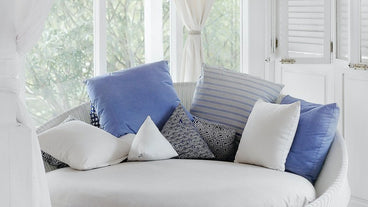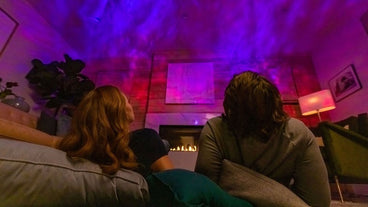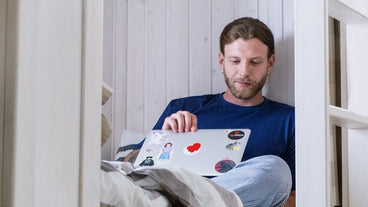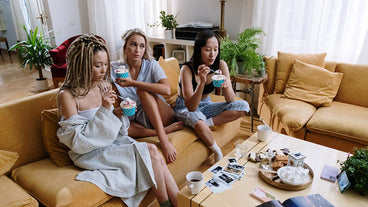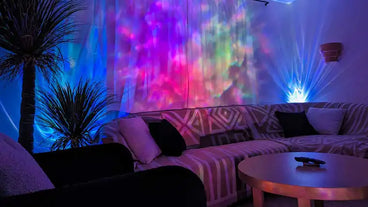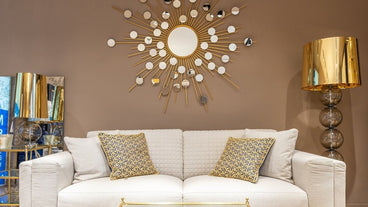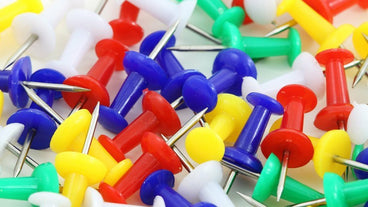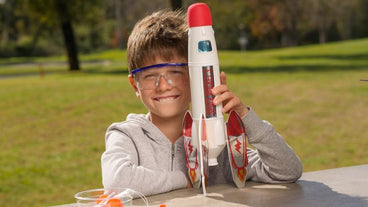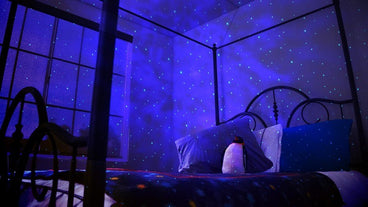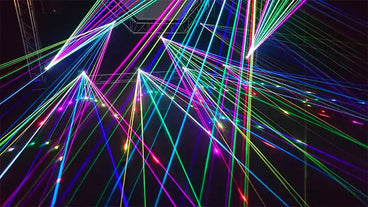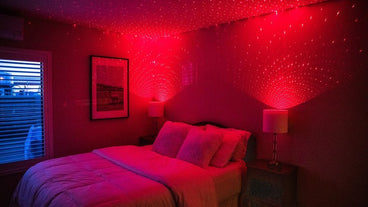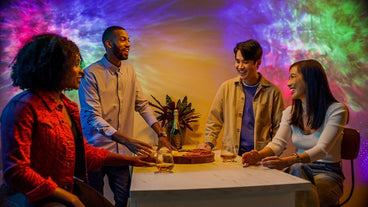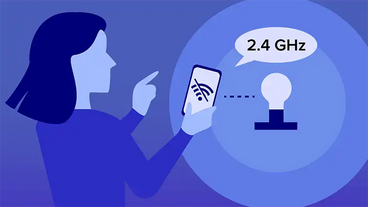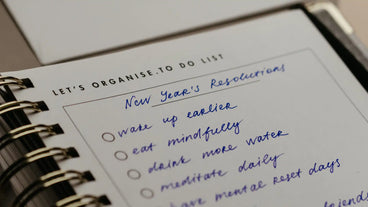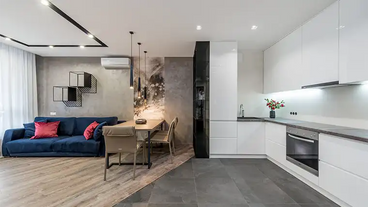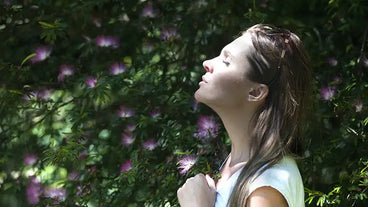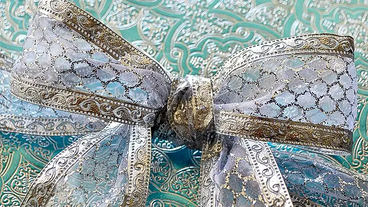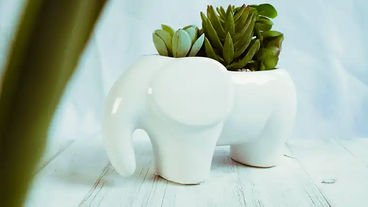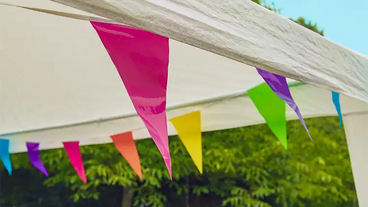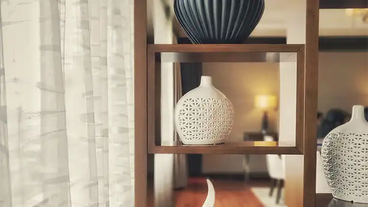If you’ve ever felt your eyes straining and needed to turn the lights up, then you’re aware that lighting can impact how well you feel. In fact, numerous scientific studies have established a relationship between lighting and wellness. We’ll explain these studies’ findings in more detail below.
How does lighting affect wellness?
Lighting can affect the following wellness-related aspects of your life:
- How much eye strain you experience
- How you sleep
- How much exercise you get
- How often you get headaches and how severe your headaches are
- Your mental health, especially in people with depression
- Your ability to destress or relax
- Whether your blood pressure falls within healthy levels
The benefits of lighting on health
Among the positive effects of lighting on your wellness are that:
- Light in general can reduce eye strain. The age-old saying that reading in the dark is bad may indeed be true, as circumstantial evidence (1) exists to prove this oft-made claim. However, among all light-related wellness claims, this notion is perhaps the most disputed. Other potential relationships between light and wellness have more concrete evidence behind them.
- Daytime light exposure can improve your sleep. Passive light exposure can help to regulate your circadian rhythm and thus your sleep cycle. According to a study in the Journal of Clinical Sleep Medicine (2), daytime work in a location that exposes you to natural light can lead to higher-quality sleep at night. Additionally, a University of Oxford (3) study found that green light exposure may promote sleep.
- Daytime light exposure can make you more likely to exercise. The same Journal of Clinical Sleep Medicine study that correlated daytime natural light exposure with better sleep found that increased light exposure can lead to more exercise. Possible reasons for this correlation may include the fact that natural lighting exposure can boost your productivity levels (4).
- Green light can help combat headaches. Whereas a study in the scientific journal Cephalalgia (5) found that fluorescent lights can trigger headaches and migraines, Harvard Medical School (6) researchers have found that green light can bring relief. The Harvard team’s research credits green light’s headache-soothing qualities to the fact that, among light colors, green generates few responses in the eye and brain.
- Light exposure can improve your mental health. For starters, lighting is a great mood influencer. Red, yellow, blue, green, and white light have all been found to potentially influence your mood in ways that can improve your mental health. Light therapy is a great example, and the Mayo Clinic (7) lists the use of white or occasionally blue lighting (8) as a potential path for treating depression.
- Green and red light can help with destressing and relaxing. In a Canadian Medical Association Journal survey (9) of how medical professionals use green light, many experts spoke of green light as soothing. Additionally, the U.S. Centers for Disease Control and Prevention (CDC) (10) endorses the scientific theory that, since red is the highest-wavelength light, it is non-stimulating and may thus aid in relaxation.
- Blue light can help regulate blood pressure. Several scientific studies have analyzed the potential relationship between blue light exposure and lower blood pressure. The European Journal of Preventive Cardiology (11) study, for example, correlated blue light exposure with increased blood flow and reduced arterial stiffness. These two conditions individually lead to lower blood pressure, so together, their effect may be profound. If you want to learn more, read our blog about blue light and blood pressure.

Types of lights to use
Among the types of lights that you can use to enjoy the above lighting and wellness benefits include:
1. Natural lighting
As mentioned earlier, natural light exposure helps to guide your circadian rhythm. In theory, the more natural light you’re exposed to during the daytime, the less likely you are to toss and turn until the early morning.
To get enough natural light in your day, try moving your desk near a window, working from an outdoor location, or taking a walk during your lunch break. Alternatively, try circadian lighting, (12) in which your indoor lighting cycles through several color temperatures that mimic the sun’s natural rising and setting patterns.

2. Smart lights
With smart lights, your artificial lights can match the sun’s color or shine as blue as you need them to for blood pressure management. Since you can control these lights, which can often shine thousands of different hues, from a mobile app, you can easily adjust your ambient lights to whatever color or temperature you need for wellness. Smart LED lights are especially useful for variable-color use, and you can install them as easily as with other bulbs.

3. String lights
You probably wouldn’t use string lights to completely light a room, but their soft glow is perfect for setting up that relaxing vibe that helps you destress and relax. Use them year-round to dimly light your space, and as a bonus, move them near your Christmas tree come winter for ample holiday cheer.

4. Candles
The light that emanates from candles lacks the bio-active blue lighting (13) found in sunlight. This bio-active blue lighting corresponds to wakefulness, so you can use candles to help yourself feel tired at night after an especially stressful day. Just make sure to blow your candles out before you call it a night – leaving flames burning overnight is the opposite of safe.

5. Warm light
Warm light, which is light with a color temperature of between 2700K and 3000K (14), can also help you relax and potentially feel ready for sleep. Smart lights with variable-color capabilities are perhaps your best bet for warmly lighting your room, though other sleep assisting options are available.

6. Red lights
To enjoy the wellness benefits of red lights mentioned earlier, smart lights are a great choice – but they’re not your only option. Laser lights provide concentrated red light that’s great for calming your mind and restoring your mental balance. A great way to enjoy red laser light is to plug a red BlissLights StarPort USB into your wall charger and then plug your charger in near your nightstand. Thousands of starry red laser points will flood your room and soothe your soul.


7. Green lights
Smart lights and laser lights can also bring relaxing green light into your life. For an especially tranquil experience, place a BlissLights Ark Ambient Aurora Light at your side to project entrancing green auroras on your walls and ceiling. As you watch the auroras gently move, anything that’s causing you mental unwellness might just dissipate.


8. Blue lights
Blue light exposure, as mentioned earlier, can impact how you feel. The deep blue BlissLights Sky Lite Evolve Galaxy Projector, for example, douses your room in vaporous multicolor nebula clouds and laser stars -- a great choice if you want to incorporate more blue light in your surroundings.


Sky Lite Evolve: Smart Galaxy Projector
$49.99$39.99
The latest evolution in smart galaxy lighting.
How to choose the right wellness light for you
The right wellness lighting system for you depends on the following factors:
- Your wellness needs. Although green lights can be great for fighting headaches and relaxing, they have no known effects on depression. Instead, for fighting depression through light therapy, white lighting is best.
- Color temperature. The color temperature of the blue lights you use for blood pressure regulation might not matter much, but in circadian lighting design, color temperature is key. Know whether color temperature does or doesn’t matter to your wellness lighting setup before buying any lights.
- Try colors and dimmers. One light fixture doesn’t have to emit just one type of light. With dimmers installed on your lights, you can lower your warm light’s brightness enough that feeling relaxed and sleepy becomes far more likely. And with multicolor lights, you can go from calming light to blue blood pressure light in just moments.
- Get creative. Sure, there’s a lot of scientific data underlying the relationship between lighting and wellness, but beyond the studies and numbers, lighting is just plain fun. Don’t suppress your creativity when it comes to wellness lighting – that unusual lighting color or pattern might be just what you need to get the wellness benefits you’re seeking. Laser lights in particular make creatively lighting your space for wellness especially fun.
Light your space for wellness with BlissLights
Both everyday lighting and more novel lights can impact your mental and physical wellness, with potential effects on headaches, blood pressure, depression, and sleep. If the novel lighting route for achieving wellness sounds like more of your thing, then BlissLights is perfect for your lighting goals. Browse our collection to find laser bulbs, projectors, and portable lights with wellness-friendly colors and patterns you might not find elsewhere – your health will thank you.
Citations
- The New York Times. “The Claim: Reading in the Dark Will Damage Your Eyes.” newyorktimes.com; accessed March 2021.
- Boubekri, Mohamed et. al. “Impact of windows and daylight exposure on overall health and sleep quality of office workers: a case-control pilot study.” Journal of Clinical Sleep Medicine; 2014.
- Peirson, Stuart et. al. “Lighting color affects sleep, wakefulness.” Oxford University; 2016.
- North Carolina State University. “Shining Light on What Natural Light Does For Your Body.” sustainability.ncsu.edu/; accessed March 2021.
- Karanovic, Olivera et. al. “Detection and discrimination of flicker contrast in migraine.” Cephalalgia; 2011.
- Harvard Medical School. “Green Light for Migraine Relief.” hms.harvard.edu; accessed March 2021.
- Mayo Clinic. "Light therapy." mayoclinic.org; accessed March 2021.
- Sleep Passport. "Best Light Therapy for SAD: White, Blue, Green, or Red?" sleeppassport.com; accessed March 2021.
- Pantalony, David. “The colour of medicine.” CMAJ; 2009.
- Centers for Disease Control and Prevention. “Interim NIOSH Training for Emergency Responders: Reducing Risks Associated with Long Work Hours.” cdc.gov; accessed March 2021.
- Stern, M et. al. “Blue light exposure decreases systolic blood pressure, arterial stiffness, and improves endothelial function in humans.” European Journal of Preventive Cardiology; 2018.
- The Lighting Practice. “What is Circadian Lighting?” thelightingpractice.com; accessed March 2021.
- Forbes. “Light Is The New All Natural Ingredient For Health And Wellness” forbes.com; accessed March 2021.
- WGI. “Lighting Color Temperature Strategies for the Home and Office.” wginc.com; accessed March 2021.
You may also enjoy these...
Discover fun and unique lighting ideas on the BlissLights Lighting Blog!

